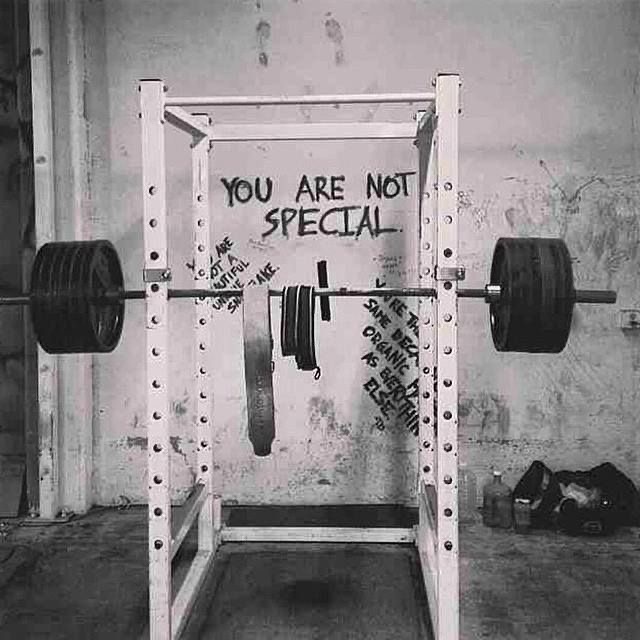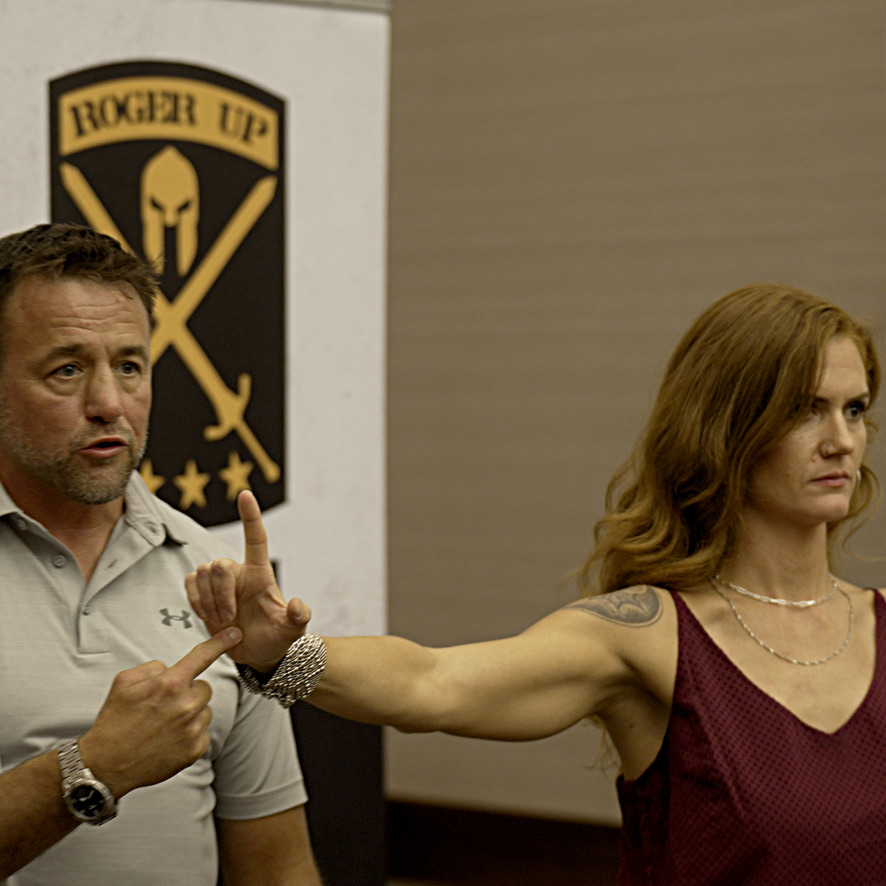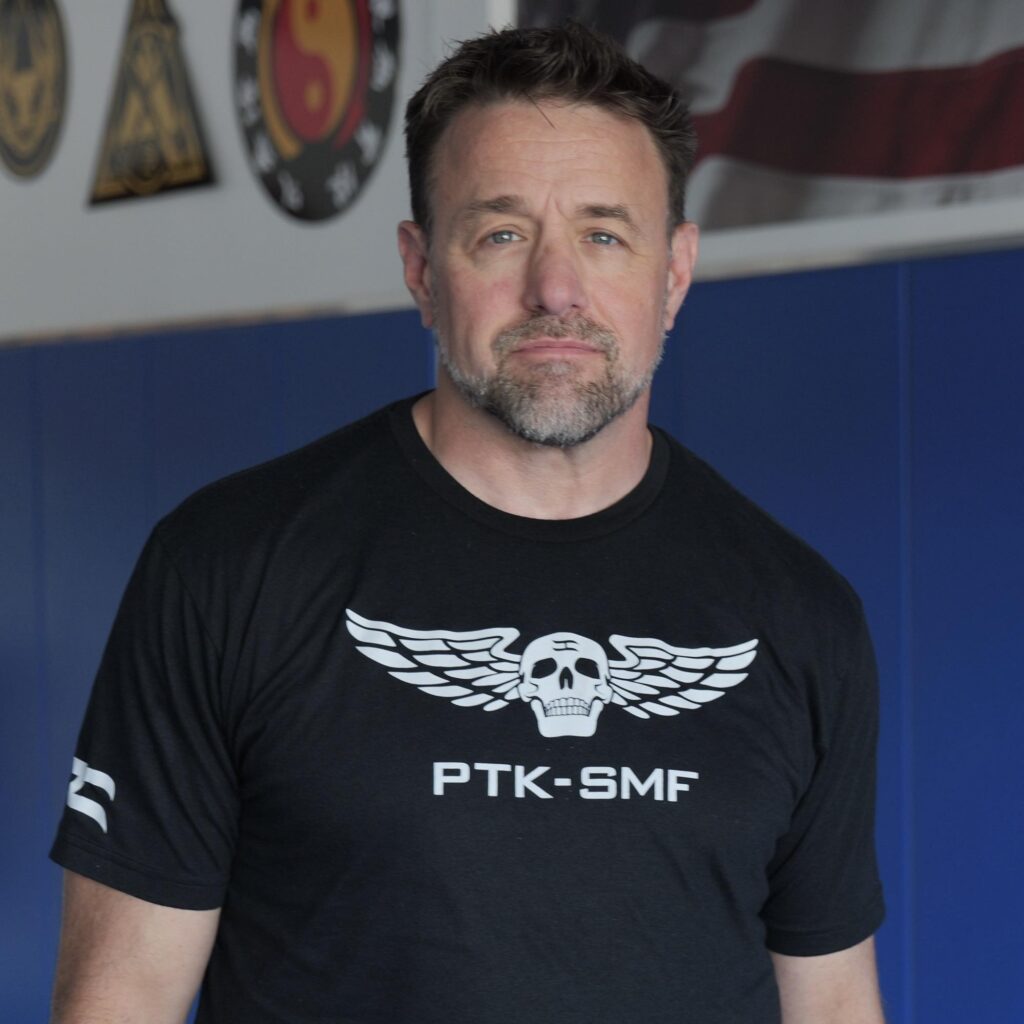
One of the most overlooked aspects of physical performance is not just how strong you are, but how well you control tension in your body. While most training programs emphasize output—lifting heavier, moving faster, pushing harder—very few teach the internal skill of modulating muscular tension. Yet, it’s this very control that becomes a game-changer for anyone serious about strength, performance, and longevity. I wrote about the concept in several of my books.
My journey into tension control or flexon control began through a traditional Kung Fu practice known as Stone Warrior training. This system of high-tension training is built around the concept of full-body flexion—engaging the muscles to their maximum potential without the use of weights. My first exposure to this was through a standing drill called “snake turns,” which involved slow, precise movements from a low stance while maintaining muscular contraction throughout the body. The goal was simple but profound: train the body’s muscular structure to flex at a higher percentage of its capacity.
Imagine a scale from 1 to 10. On the low end of the scale—around 1—you have a body that’s completely relaxed, with all muscular tension switched off. If you’ve ever tried to lift someone who’s fully relaxed or unconscious, you know they feel twice as heavy. There’s no structural support, just dead weight.
On the other end of the scale—around 10—you have a body under extreme tension, with full muscular activation. Think of the rigid contraction you might see in someone experiencing electrocution—every muscle firing at once.
Most people live somewhere in the middle, typically between a four and a six. They haven’t trained their bodies to fully relax below that midline, and they also struggle to generate high-level muscular tension beyond a six or seven without specialized training. They’re stuck in a narrow bandwidth of activation—neither fully relaxed nor fully engaged. The higher end of the scale is related to levels of strength. The more muscle fiber you can activate, the stronger you will be.
During typical exercise, most people only activate about 20-30% of their muscle fiber potential. With consistent high-tension training, I found I could push that activation up to 50-70%. What shocked me at the time was that my strength increased significantly, yet my muscle size didn’t change much. Instead, my body became denser, more compact, and more resilient. The deeper I got into this work, the more I realized that strength wasn’t just about how much muscle you had—it was about how effectively you could recruit and control it.
“What we call ‘failure’ is not the falling down, but the staying down.”
— Mary Pickford
This training had a direct impact on both my martial arts and my gym performance. Movements became more powerful, fatigue set in more slowly, and I recovered faster. Eventually, I began combining the Stone Warrior methods with traditional weight training. I would approach each lift with the same mindset and muscular activation as I had developed in snake turns—turning every rep into a full-body, high-tension exercise. This hybrid approach helped me build a strength base that I’ve carried with me well into my 50s and one that I continue to refine today.

A great entry point into this style of training is the Stone Warrior Pushup. Begin by standing and flexing your entireupper body—chest, back, arms, and core. Then, transition to a pushup position using pushup handles to allow for a firm grip. As you lower and raise your body, maintain full muscular contraction, moving slowly with control and intention. The number of reps matters far less than the quality of tension you maintain throughout each one. This concept is echoed in bodybuilding, though it’s often described using different terminology. In bodybuilding, practitioners frequently talk about the mind-muscle connection—the deliberate focus on contracting the targeted muscle throughout the full range of motion during an exercise. They are really using external resistance (weight) to force higher muscular flexion and engagement levels. The goal isn’t just to move the weight from point A to point B but to maximize muscle tension during every inch of the movement.
This is especially evident in techniques like isolation training, slow negatives, tempo reps, and static holds, where the athlete intentionally increases time under tension to recruit more muscle fibers. Advanced bodybuilders are trained to feel and control the contraction in specific muscles with incredible precision. It’s not uncommon to hear them say, “I’m not just lifting the weight—I’m squeezing the muscle.” That squeeze, or maximum voluntary contraction, is exactly what we aim to train through Stone Warrior practices—but without the need for external load.
Where bodybuilding often uses weight to force flexion, the high-tension training approach teaches the practitioner to create that same level of contraction from within, using nothing more than intent and discipline. The benefits are similar—enhanced muscular density, strength, and control—but with far less wear and tear on the joints and connective tissue. This internal method of building strength becomes especially valuable as we age when recovery time and injury risk must be managed more carefully.
By integrating the awareness and control found in tension-based martial arts training with the principles used in bodybuilding, we can bridge the gap between external performance and internal mastery, creating a powerful, sustainable method for developing strength and resilience over a lifetime. All of this is one of the core principles I teach inthe Warriors Path Academy.
Breath control is another critical layer of tension training. Using a technique known as the Valsalva maneuver, you can create intra-abdominal pressure to stabilize your core during intense muscular contractions. This same principle can be seen in martial arts—particularly in Karate—where practitioners vocalize during explosive movements to amplify their power. This technique drastically increases both force output and body control when added to strength training.
“He who controls others may be powerful, but he who has mastered himself is mightier still.”
— Lao Tzu
But true mastery doesn’t stop with tension—it also includes the ability to fully release it. Many people live in a state of chronic muscular contraction caused by stress, poor recovery, or lack of awareness. This residual tension limits mobility, contributes to joint pain, and reduces overall performance. Practices such as shaking drills, progressive muscle release, and PNF stretching are essential tools for developing the other half of the tension equation: relaxation.
A simple yet powerful example is the shaking drill. Stand with feet shoulder-width apart, bounce gently at the knees, and let the arms hang loose. With each bounce, exhale slightly and mentally scan your body for areas of tightness. The goal is to soften each area and allow tension to fall away. Over time, this builds the ability to quickly downshift the nervous system and access a calm, relaxed state even under stress.
Another technique is progressive tension and release, where you flex each muscle group with intent, hold briefly, and then relax with focused exhalation. This not only improves your range of motion but teaches the nervous system to operate with a wider bandwidth of tension control.
Together, these high-tension and relaxation techniques form a comprehensive system of body mastery. They allow you to access greater power, prevent injury, recover faster, and perform at your best—whether you’re on the mat, in the gym, or facing high-stress challenges in everyday life.
In my Chinese Kung Fu training, I was taught an internal exercise that involved mentally scanning the body from head to toe. As you move your awareness through each area, you intentionally connect with that part of the body and consciously relax it. This practice is another form of mind-body connection, but it operates on the opposite end of the spectrum from high-tension training.
Where flexion and muscle activation require focus and engagement, this practice develops your ability to release tension and let go of unnecessary contraction. Both ends of the spectrum—high-level muscle engagement and complete muscular relaxation—are vital, and both should be trained with equal discipline.
By practicing this relaxation drill regularly, you sharpen your awareness of where you unconsciously hold tension and develop the skill to release it on command. Just as high flexion improves strength and control, this exercise improves physical fluidity, recovery, and nervous system regulation. In time, it teaches you not only how to activate your body more effectively—but how to deactivate it when needed, giving you greater control, balance, and resilience overall.
Mastering tension control is not just about building muscle. It’s about building a relationship with your body that allows you to call on strength when needed—and let it go when it’s not. It’s an internal discipline and one of the most valuable tools you can develop for your physical longevity. For me, having a high level of control over your body is one of the fundamental skills of a warrior. It reflects discipline, awareness, and readiness. As someone deeply committed to the warrior mindset, I believe just as strongly in training the body for action—because that’s what warriors are built to do. Mastery of the body is not just about performance; it’s about being prepared, adaptable, and capable in any situation.
Mastering tension control isn’t just a physical skill—it’s a discipline that reflects a deeper mastery over yourself. It’s the ability to summon power and release it at will, to remain composed under pressure, and to train your body and mind to work in total harmony. This practice has enhanced every area of my performance—from martial arts to the gym to daily life—and it continues to be a cornerstone of my training philosophy.
But this is just one piece of a larger puzzle.
If you’re ready to go deeper—into breathwork, joint mobility, strength training, and the internal mechanics of warrior development—then I invite you to explore The Warrior’s Path Online Academy.
This isn’t just another fitness program. It’s a self-leadership journey, rooted in the timeless principles of warrior culture and built from my 45+ years of martial arts experience and two decades of entrepreneurial growth. Inside the academy, you’ll find high-level tools to forge discipline, sharpen focus, and build lasting resilience—from Stone Warrior tension training and Indian Club methods to Full Cycle Breathwork and joint expansion protocols.

Sifu Alan Baker is a nationally respected authority in Defensive Tactics Program Development, High-Performance Coaching, and martial arts, with over 45 years of training experience across multiple systems. As a lifelong martial artist and tactical instructor, Alan has dedicated his career to creating practical, adaptable, and effective training systems for real-world application. He has worked extensively with law enforcement agencies, military units, and private security professionals, designing programs that emphasize scenario-based training, everyday carry (EDC) integration, and combative efficiency under pressure.
Alan’s client list includes elite organizations such as the Executive Protection Institute, Vehicle Dynamics Institute, The Warrior Poet Society, ALIVE Active Shooter Training, Tactical 21, and Retired Navy SEAL Jason Redman, among many others. He is the creator of both the C-Tac® (Civilian Tactical Training Association) and Protection Response Tactics (PRT) programs—two widely respected systems that provide realistic, principle-based training for civilians and professionals operating in high-risk environments.
In addition to his tactical and martial arts work, Alan is the founder of the Warrior’s Path Physical Culture Program, a holistic approach to strength, mobility, and long-term health rooted in traditional martial arts and the historic principles of physical culture. This program integrates breathwork, structural alignment, joint expansion, strength training, and mental discipline, offering a complete framework for building a resilient body and a powerful mindset. Drawing from his training in Chinese Kung Fu, Filipino Martial Arts, Indonesian Silat, Burmese systems, and more, Alan combines decades of experience into a method that is both modern and deeply rooted in timeless warrior traditions.
Alan is also the architect of multiple online video academies, giving students worldwide access to in-depth training in his systems, including Living Mechanics Jiu-Jitsu, C-Tac® Combatives, breathwork, functional mobility, and weapons integration. These platforms allow for structured, self-paced learning while connecting students to a growing global community of practitioners.
Beyond physical training, Alan is a sought-after Self-Leadership Coach, working with high performers, professionals, and individuals on personal growth journeys. His coaching emphasizes clarity, discipline, focus, and accountability, helping people break through mental limitations and align their daily actions with long-term goals. His work is built on the belief that true mastery begins with the ability to lead oneself first, and through that, to lead others more effectively.
Alan is also the author of three books that encapsulate his philosophy and approach: The Warrior’s Path, which outlines the mindset and habits necessary for self-leadership and personal mastery; The Universal Principles of Change, a practical guide for creating lasting transformation; and Morning Mastery, a structured approach to building a powerful daily routine grounded in physical culture and discipline.
To explore Alan’s books, digital academies, live training opportunities, or to inquire about seminars and speaking events, visit his official website and take the next step on your path toward strength, resilience, and mastery.
